5 Things You NEED to Know to Grow Summer Squash!
Summer Squash:
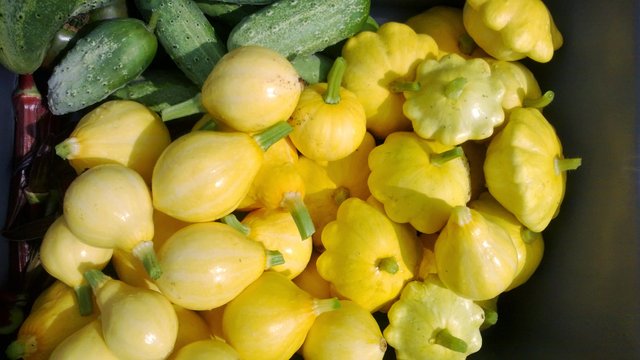
One of my favorite things to eat but not to grow...
Some reasons why; squash bugs (stink bug), squash vine borers (moth larva), and powdery mildew (fungus)...
I have grown squash as long as I can remember and in every state I have lived in across the US. Growing squash in Georgia is hard! The pest here are so bad that it makes it a loosing battle every time! I'm lucky if I get a couple of fruit per plant. But for some reason I still plant it! I really do love squash!
So here are my issues and the best ways I have found to deal with them.
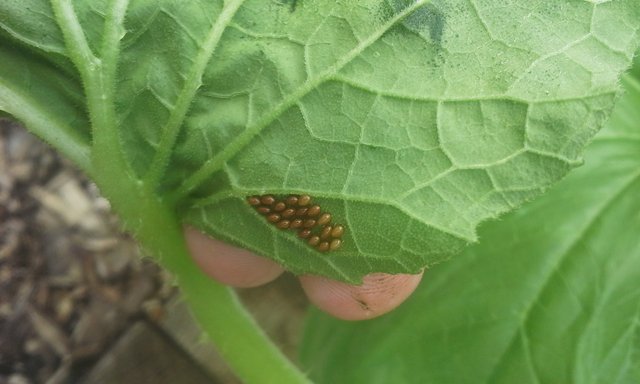
Squash Bugs: Monitor plants daily and remove every stink bug you see, crushing or drowning in soapy water. Also, scout for shiny copper eggs on and under side of leaves and remove and destroy them. Reducing the numbers can be very helpful but it is definitely a daily commitment. Miss a day and you will know it by the high numbers of eggs and bugs!
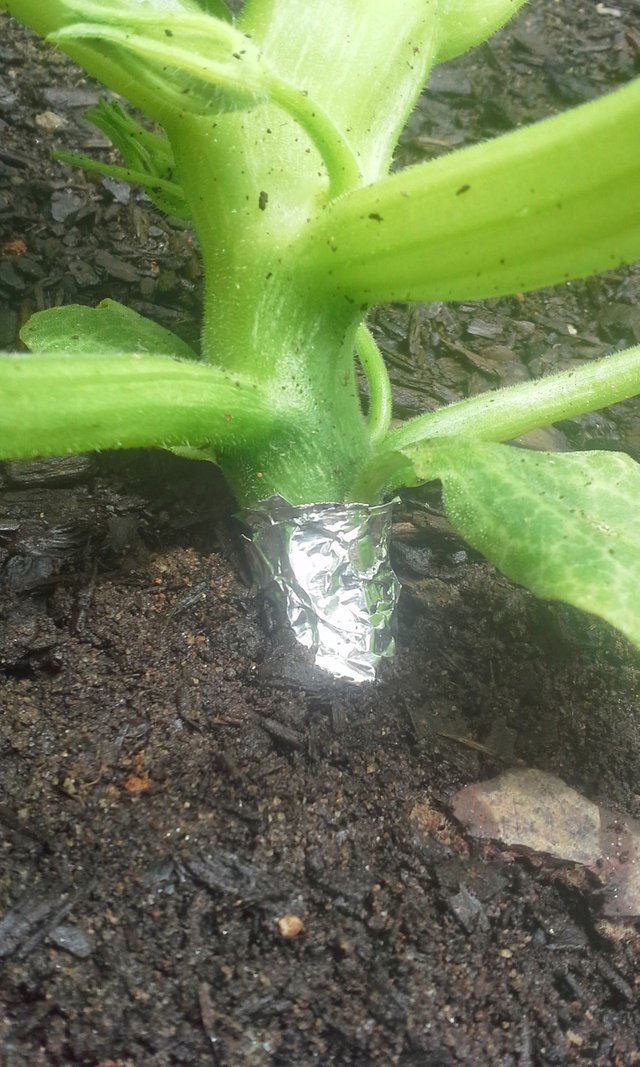
Squash Vine Borers: Repel the adult from laying eggs by putting foil around base of stem at soil line or wash same area daily with horticulture soap or oil to remove and/or kill the eggs. If already in stem, frass (poop) will be evident at base and plant will be wilting, surgery will be only hope now. Early in morning cut into stem with clean sharp knife going upward with stem without cutting through to the other side, look inside hollow stem for white worm like larva and kill it. Cover cut stem together with moist compost to encourage rooting, keep watered while new roots develop. Some people have success covering with floating row covers but they must be removed at flowering to allow pollinators in to do their job. Also, planting a few weeks after the peak of squash vine borers may give you a better chance. Some squash varieties are more resistant like the 'Lemon' squash in the picture at the top. Using Bt (Bacillus thuringiensis ) as caterpillar control can help if you spray the base often.
Powdery Mildew: Warm and wet weather encourages this fungus so be sure to avoid watering leaves. Many people suggest different home remedies for this like, Epsom salt, baking soda and milk but I had little success with all that. Using a neem oil spray will help prevent and treat this. It must be reapplied often. Prevention is key when trying to control any fungus so make sure you keep leaves as dry as possible and allow for plenty of air circulation. Always trim off the most infected leaves and dispose of in the trash not your compost and wash hands and tools well to help prevent the spread of the spores.
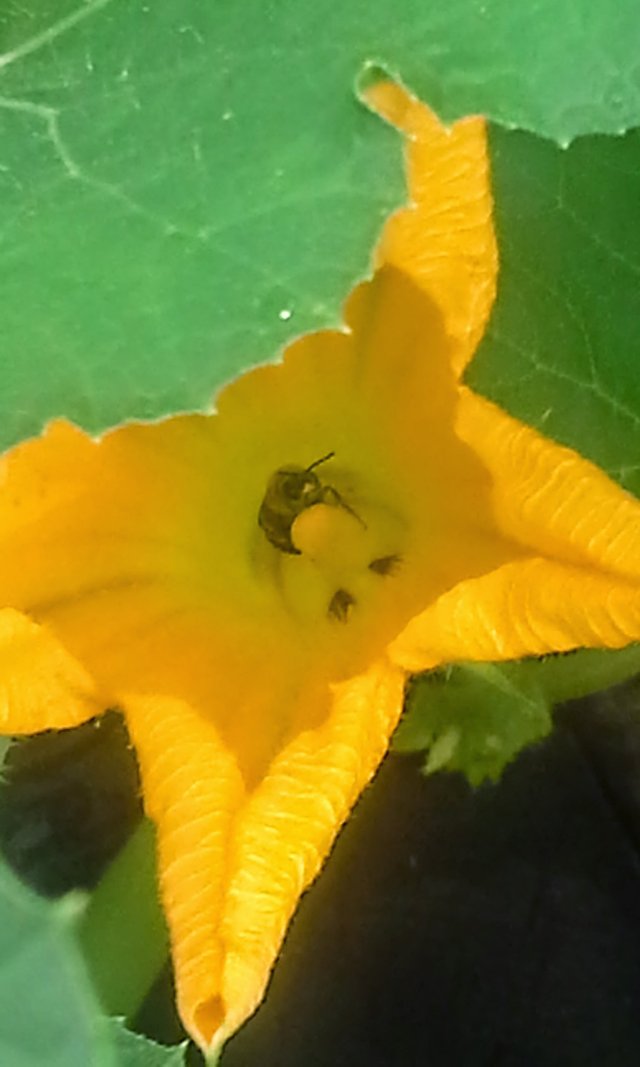
Pollination: Squash plants have both male and female flowers on the same plant. The male flower has a long upright, thin stem and tends to be the first blooms on your plant. These early blooms are great to harvest for stuffed fried squash blossoms. Female flowers are closer to the main stem with shorter, thicker stem and often a fruit like structure. The pollen from male flower must enter the female flower in order for fruit to develop. This is typically done by bees and other pollinators. If you are lacking in pollinators in your garden you may have to hand pollinate. If you have female flowers falling off with no fruit growing its time to step in. You can use a paint brush or a cotton swab to gather pollen from inside the male flower and put it in the female flower. Or remove male flower and peel off the petals to expose pollen inside and dip it into the female flowers.

Seed Crossing/Cross Pollination: Summer squash are classified as Cucurbita pepo as well as many others including, zucchini, pumpkin, gourd and many more. So having two different species of these planted in the same garden can make saving seed difficult or at least interesting! The fruit will grow and look the same this year but the resulting seed could be cross pollinated and there is no telling what you could get! I once had 'Lemon' and 'Zephyr' summer squash cross which was a nice accident! That's the picture on the right. So if you have a desire to save seeds you will need to keep them very far away from each other and hand pollinate.
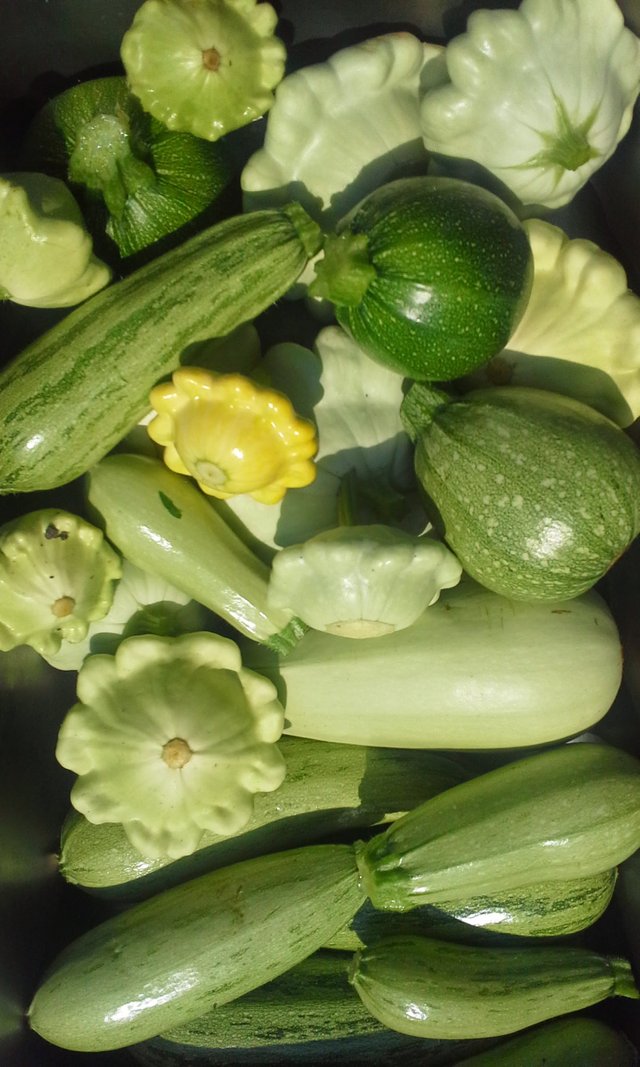
All in all, it's really worth it when you get to harvest yummy squash!
Do you have any advice to share about squash!?
Thank you for reading and watching Wholesome Roots!

Please Upvote, Resteem, and Reply down below! Thank you!
E-mail [email protected], YouTube, Facebook, Steemit, Instagram, Patreon, Twitter, Blog, Pinterest, Google+, Mangosteem, Homesteading on Steemit, Homesteaders Online Discord, Sola referal link, Wholesome Roots Farmstead Friends Group
Congratulations, your post has been selected to be included in my weekly Sustainability Curation Digest for the Minnow Support Project.
Host of The Alternative Lifestyle Show on MSP Waves Radio.
Editor of the Weekly Schedule of Steem Radio Shows.
Founder of the A Dollar A Day charitable giving project.
Hey you! Good to see you! Thank you!
I've not heard of the foil wrap, and will have to try that. I also have all the pests /diseases you mentioned.
I have had excellent success with raw milk in a 10:1 water:milk ratio sprayed once a week to curb/cure mildew. I use it not only on the squash but also bee balm, lilac, phlox, and others. This is the 3rd year I've used it.
And my experience with the mildew is that the drought years have actually be the worst. Knock wood, right now I have NO mildew and it's been raining for weeks here. Haven't sprayed in 2 weeks because of rain and vacations. Will resume spraying next week, weather permitting.
You are very persistent! I stopped growing them after a few batches and I never experienced anything like the quantity of problems you had!
Thanks for sharing
Get Automated DAILY upvotes! FREE
toolsfree[DOT]info/votes
Get 0.1 Free Steem Just To Join